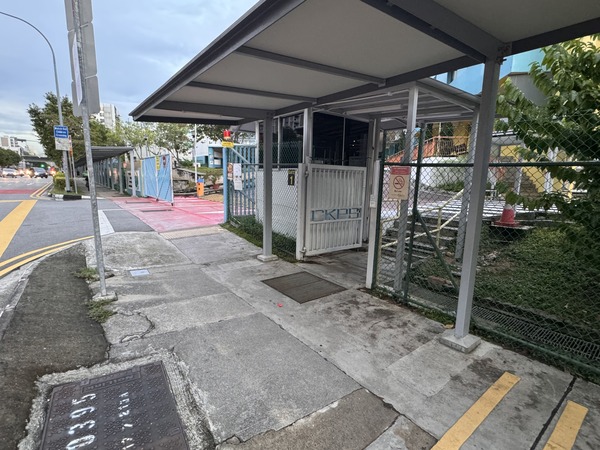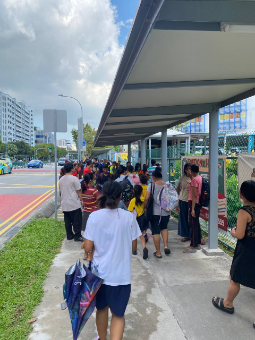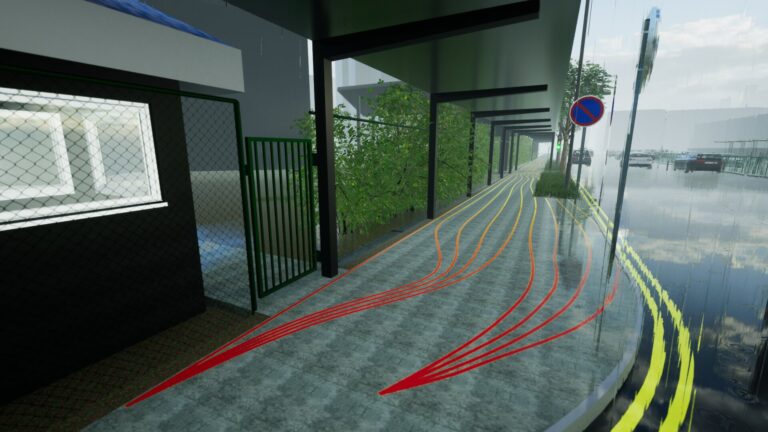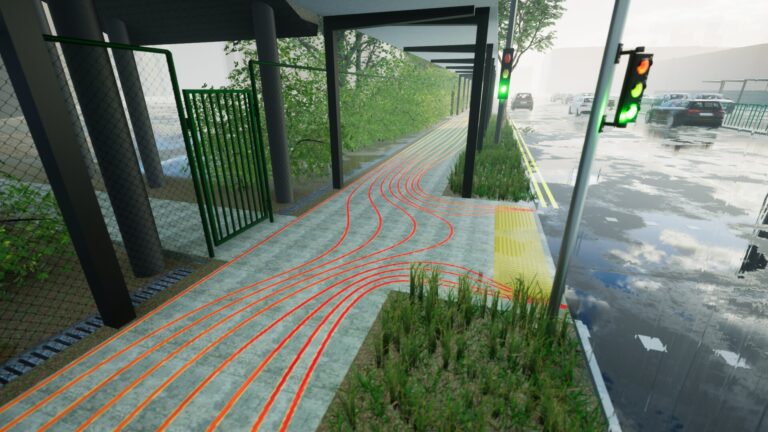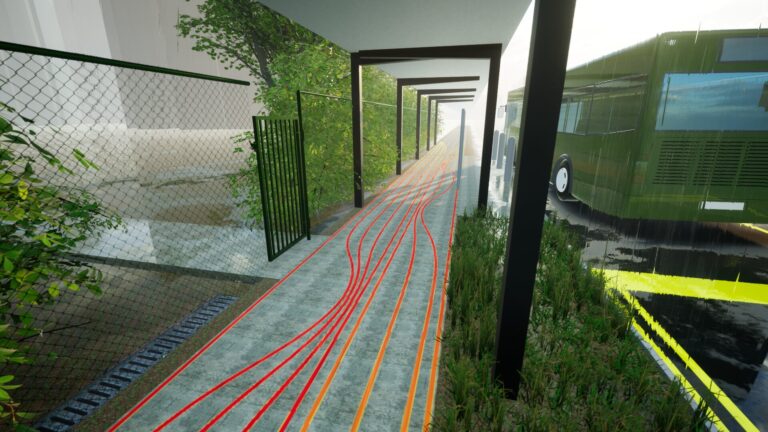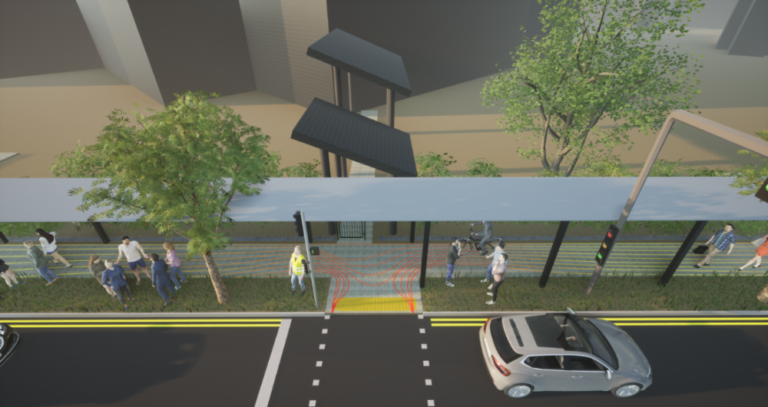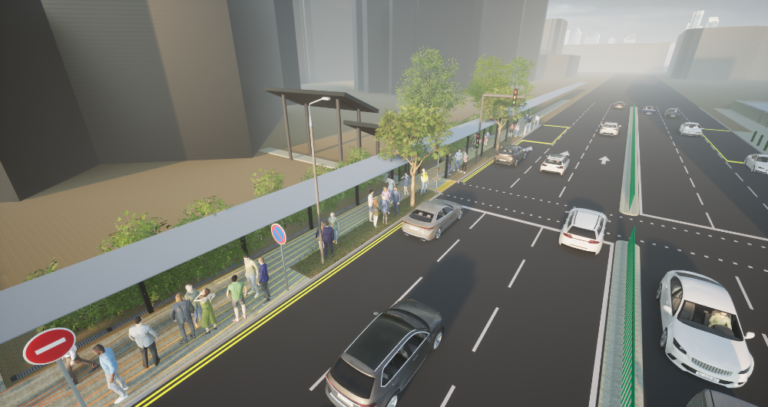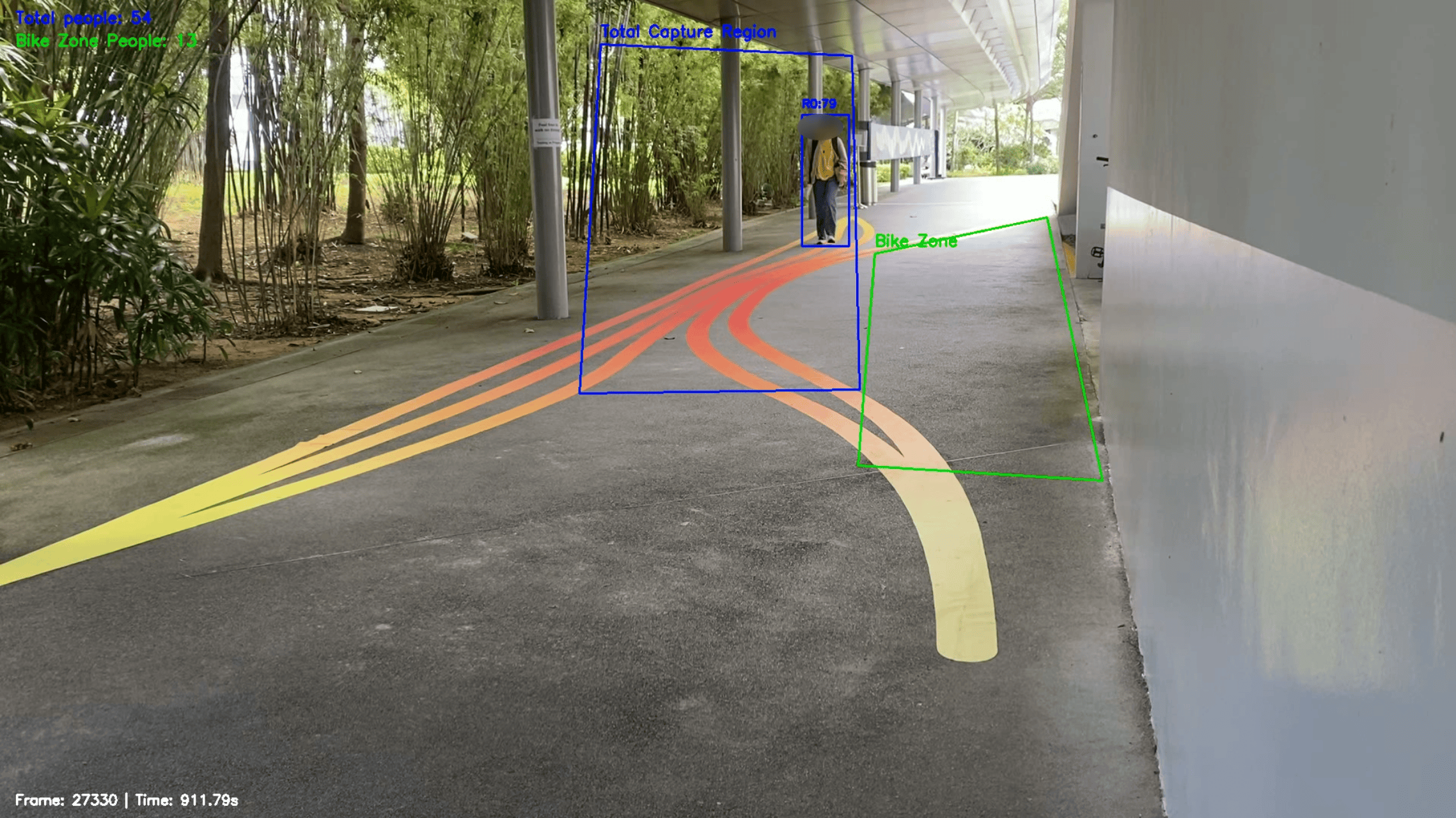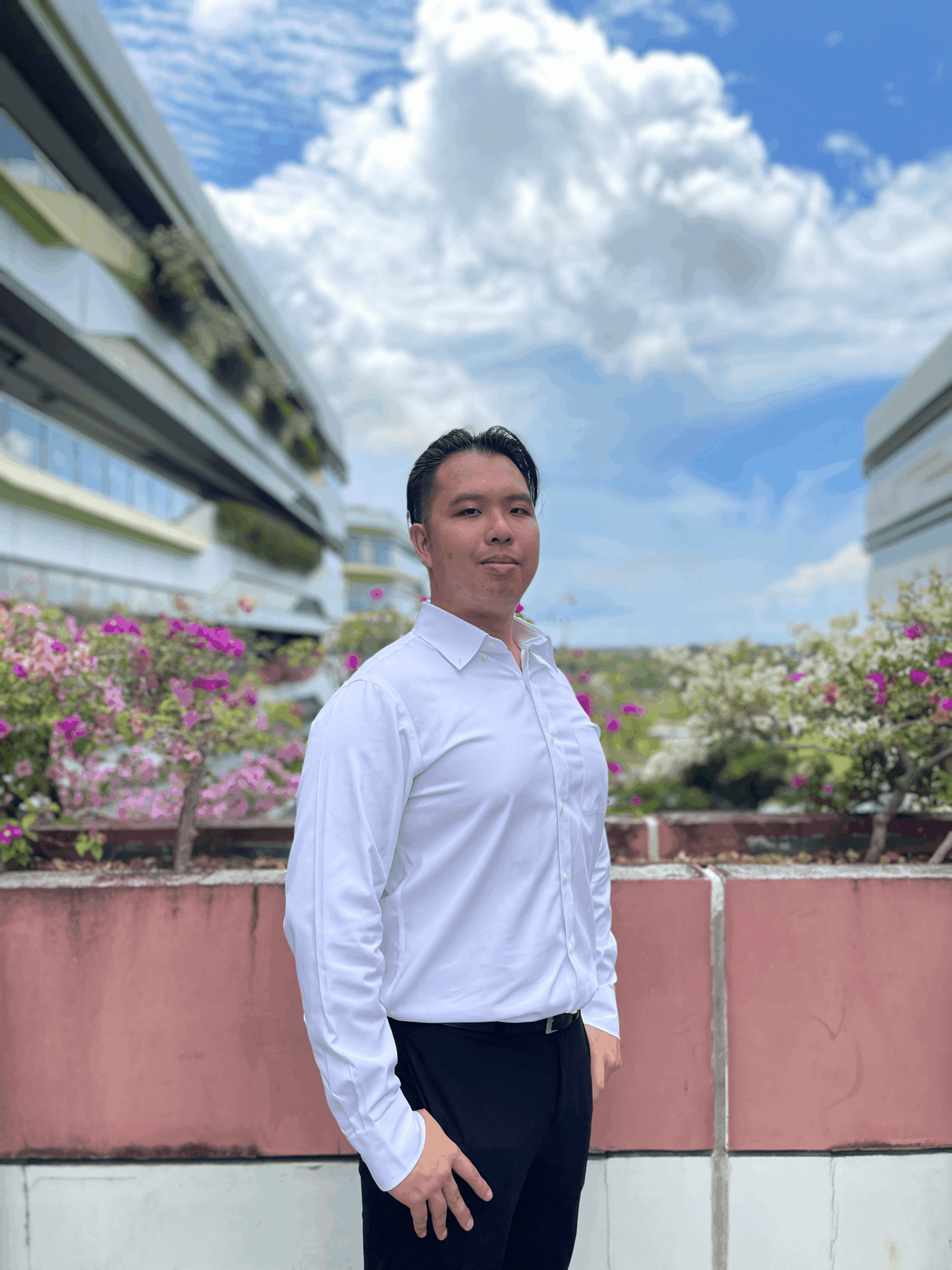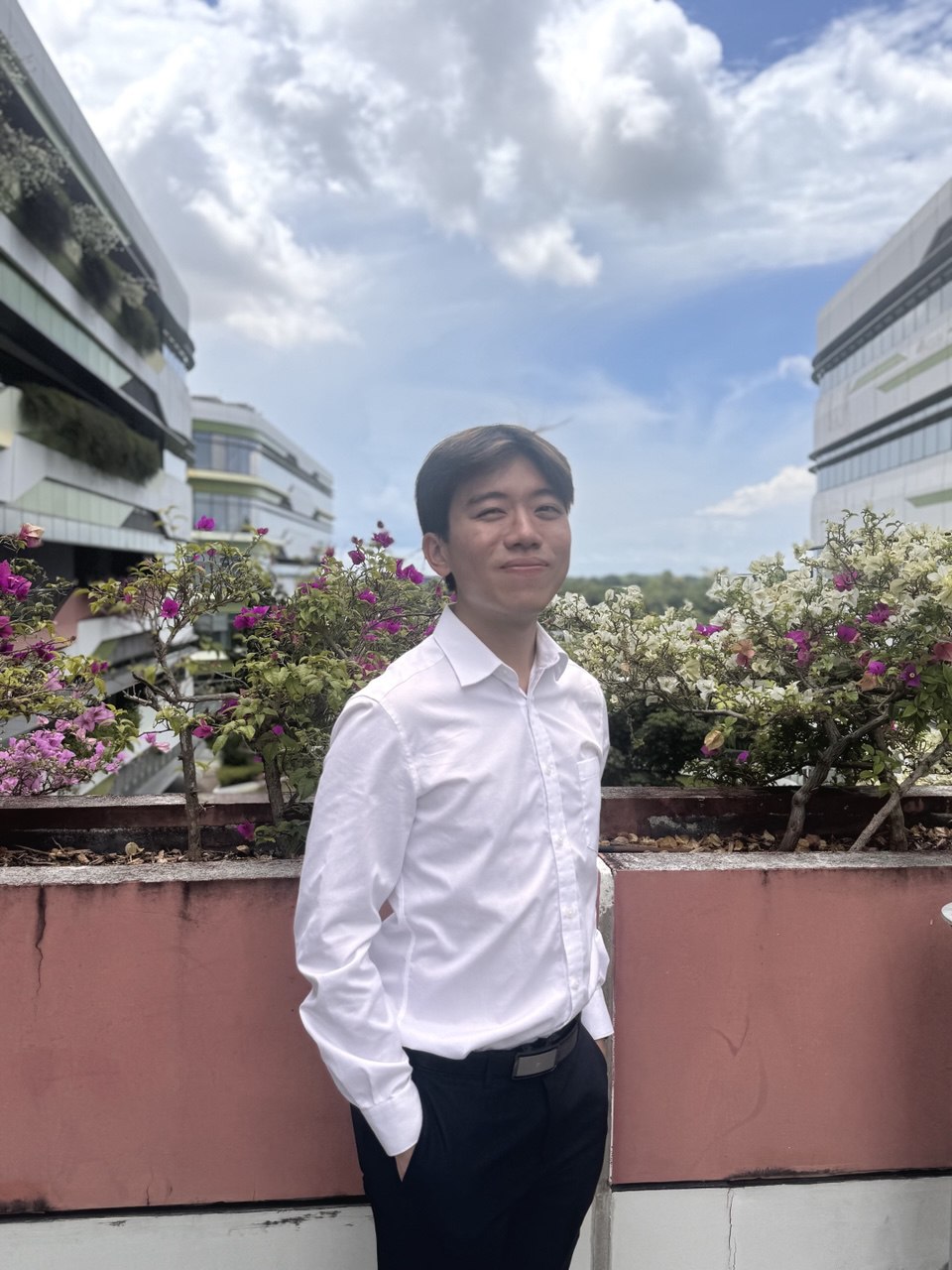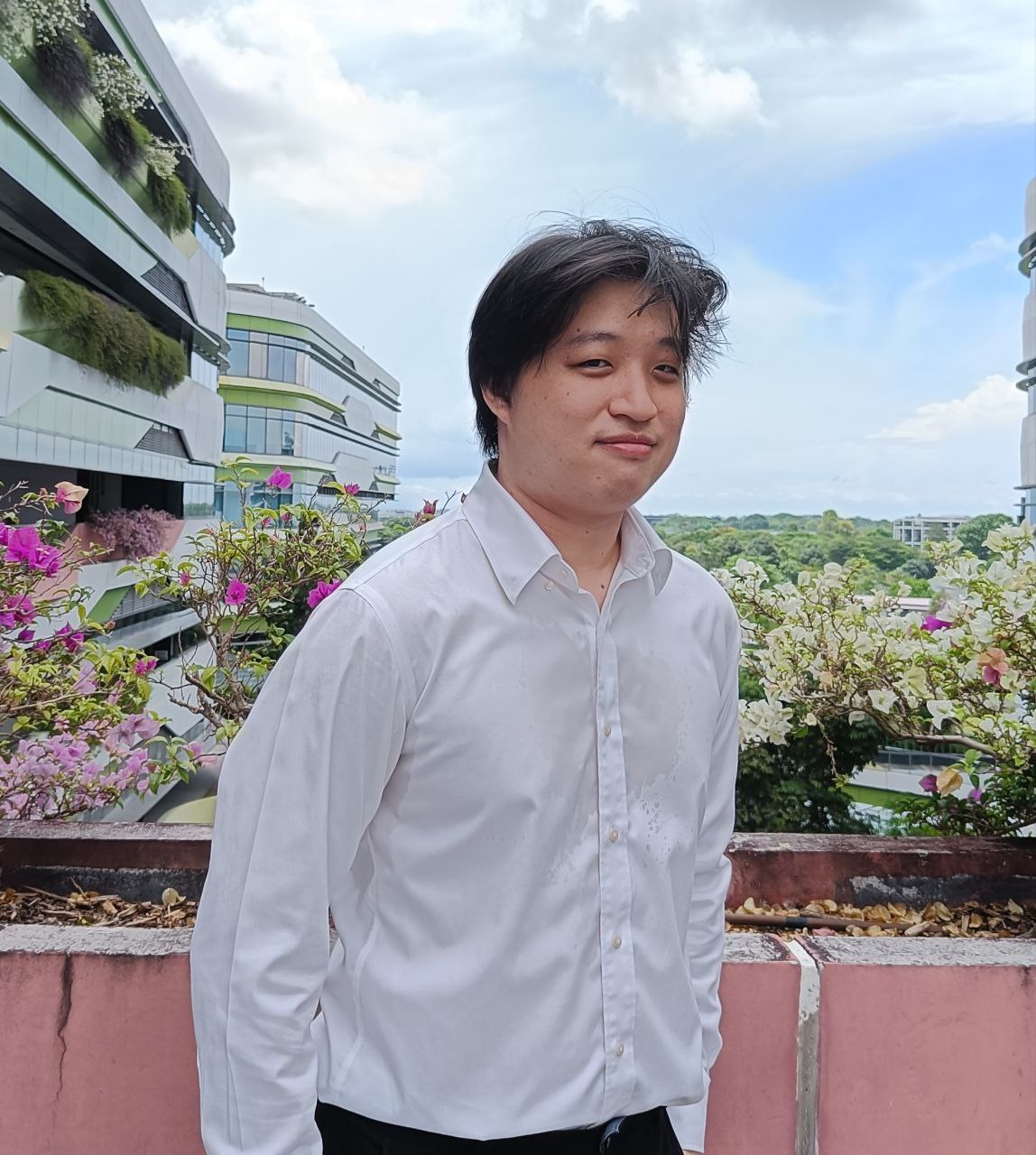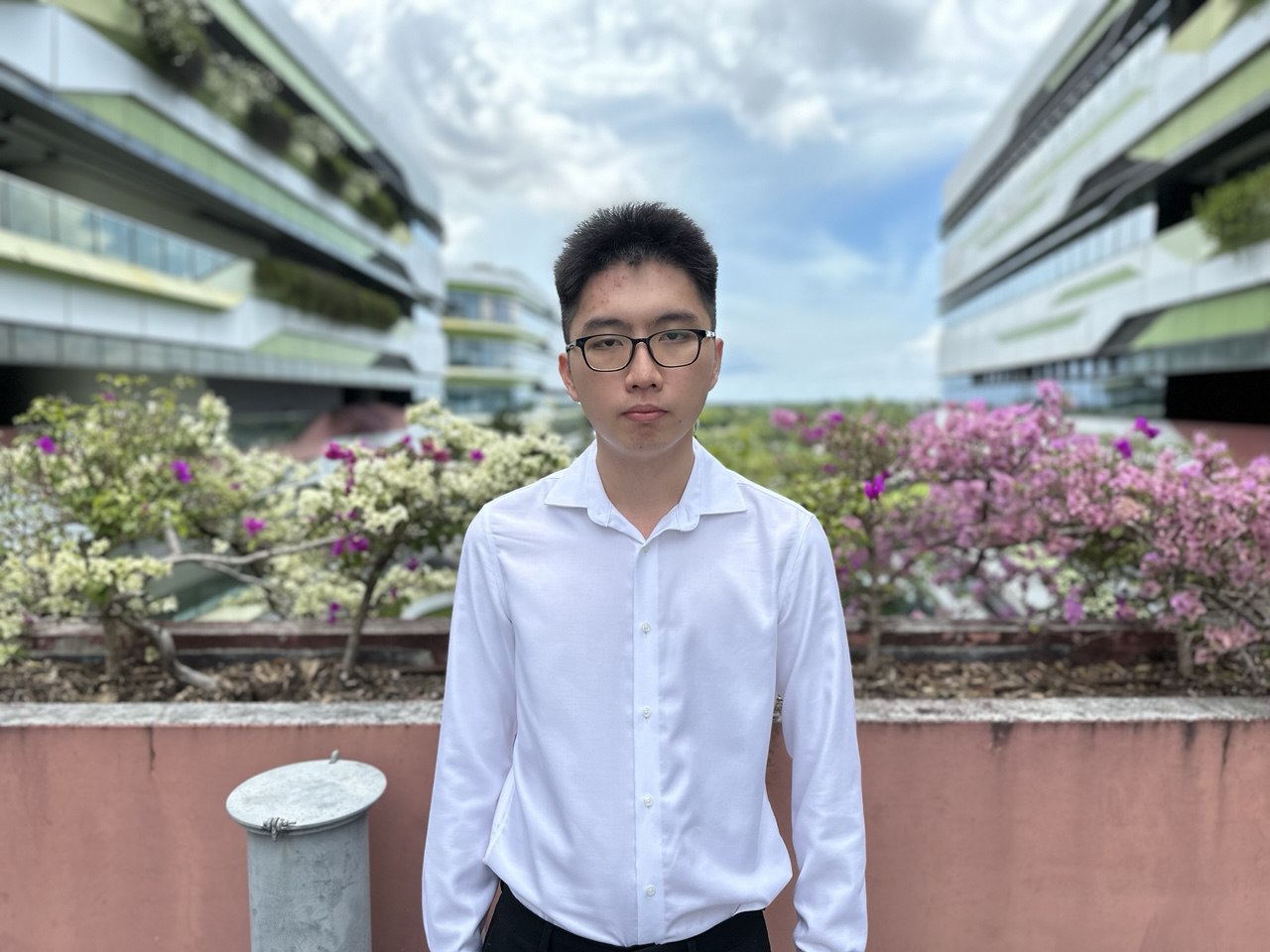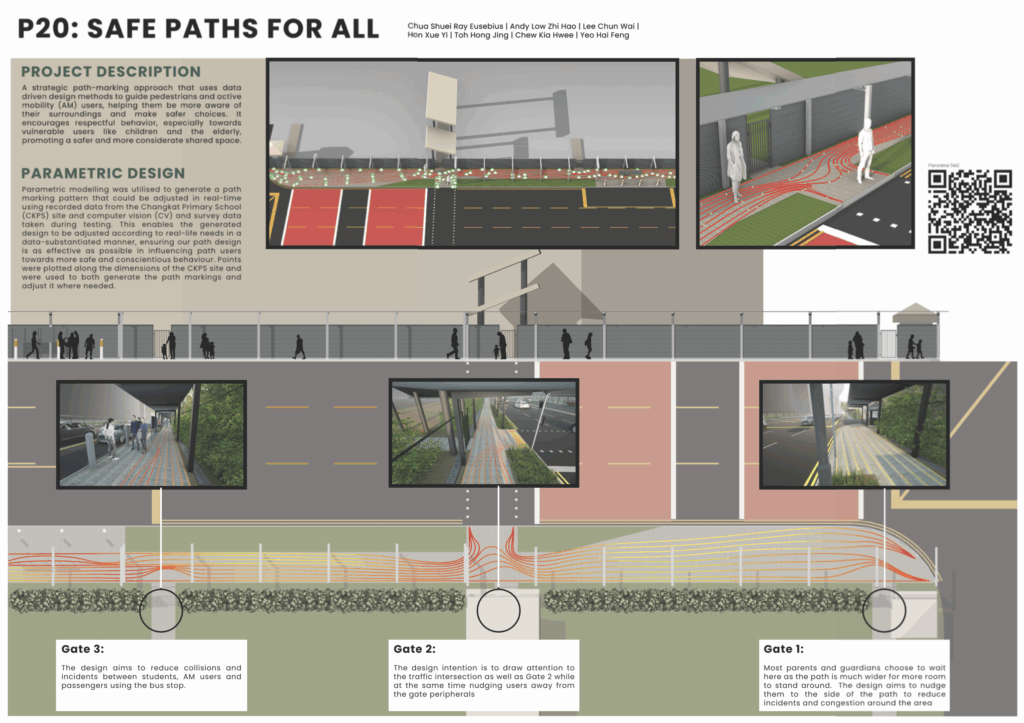
Project 20- MSO – Safe Paths for All
Nudging Safer Behaviours Through Intuitive Path Design
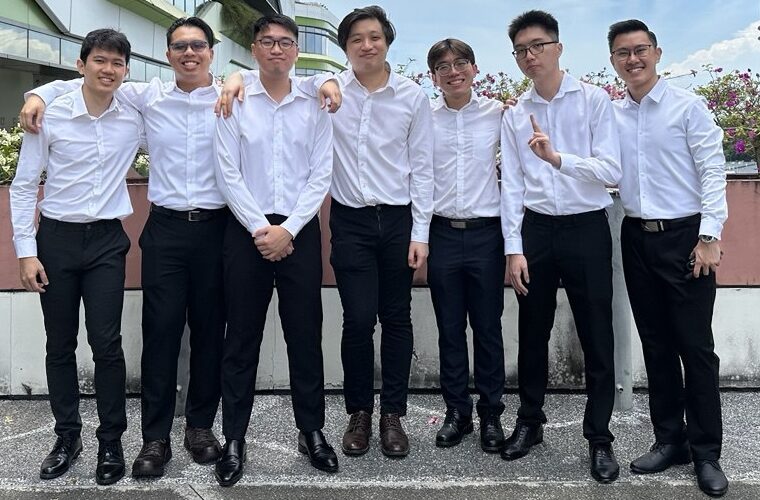
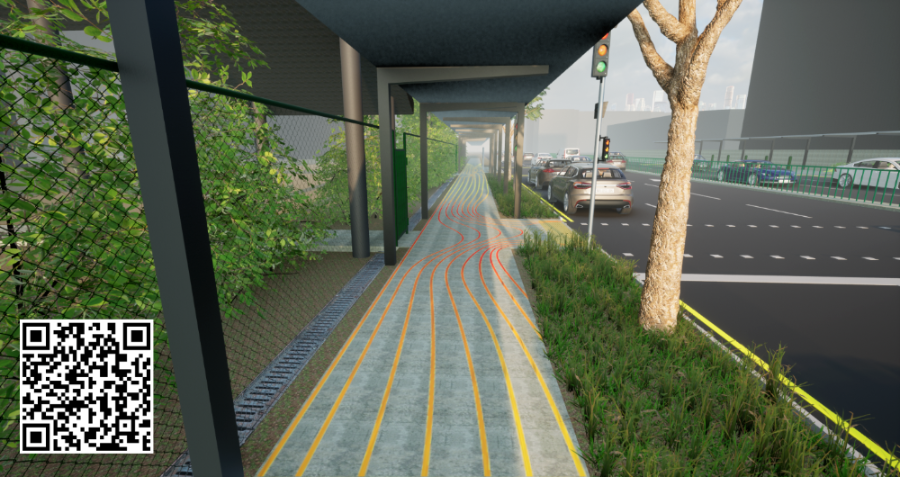
Introducing Project 20- MSO – Safe Paths for All
There have been several measures implemented in recent years to promote safer sharing of public paths among pedestrians and Active Mobility Device (AMD) users, such as cyclists. One notable initiative is the Active Mobility Act, introduced in 2018, which establishes a set of rules and comprehensive safety code of conduct for all path users. Despite these efforts, an average of 90 unsafe incidents involving injuries and fatalities have been recorded annually between 2017 and 2022.
In light of these challenges, our project presents a solution in the form of an innovative path marking. This intuitive design intervention is intended to subtly nudge users towards more respectful behaviour by encouraging them to pay closer attention to their surroundings and to slow down in critical areas. Scan the QR code displayed in the image to view a Twinmotion visualisation of our path marking integrated onto the actual site outside Changkat Primary School.
Team members
Chua Shuei Ray Eusebius (ASD), Andy Low Zhi Hao (ESD), Lee Chun Wai (ESD), Hon Xue Yi (ESD), Toh Hong Jing (CSD), Chew Kia Hwee (CSD), Yeo Hai Feng (ASD)
Instructors:
-
Michael Budig
-
Geraldine Quek
Writing Instructors:
-
Grace Kong
-
Dominic Quah

